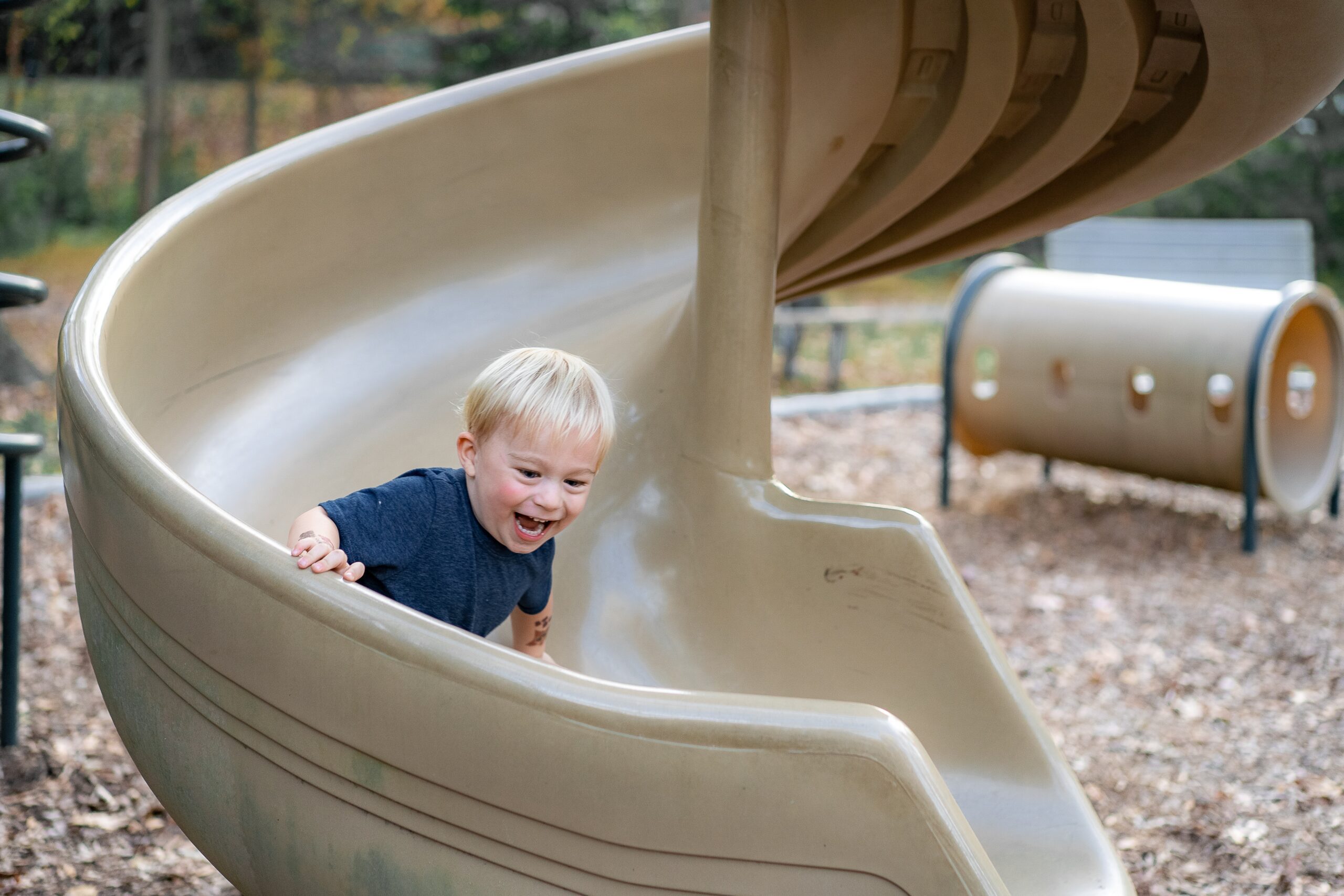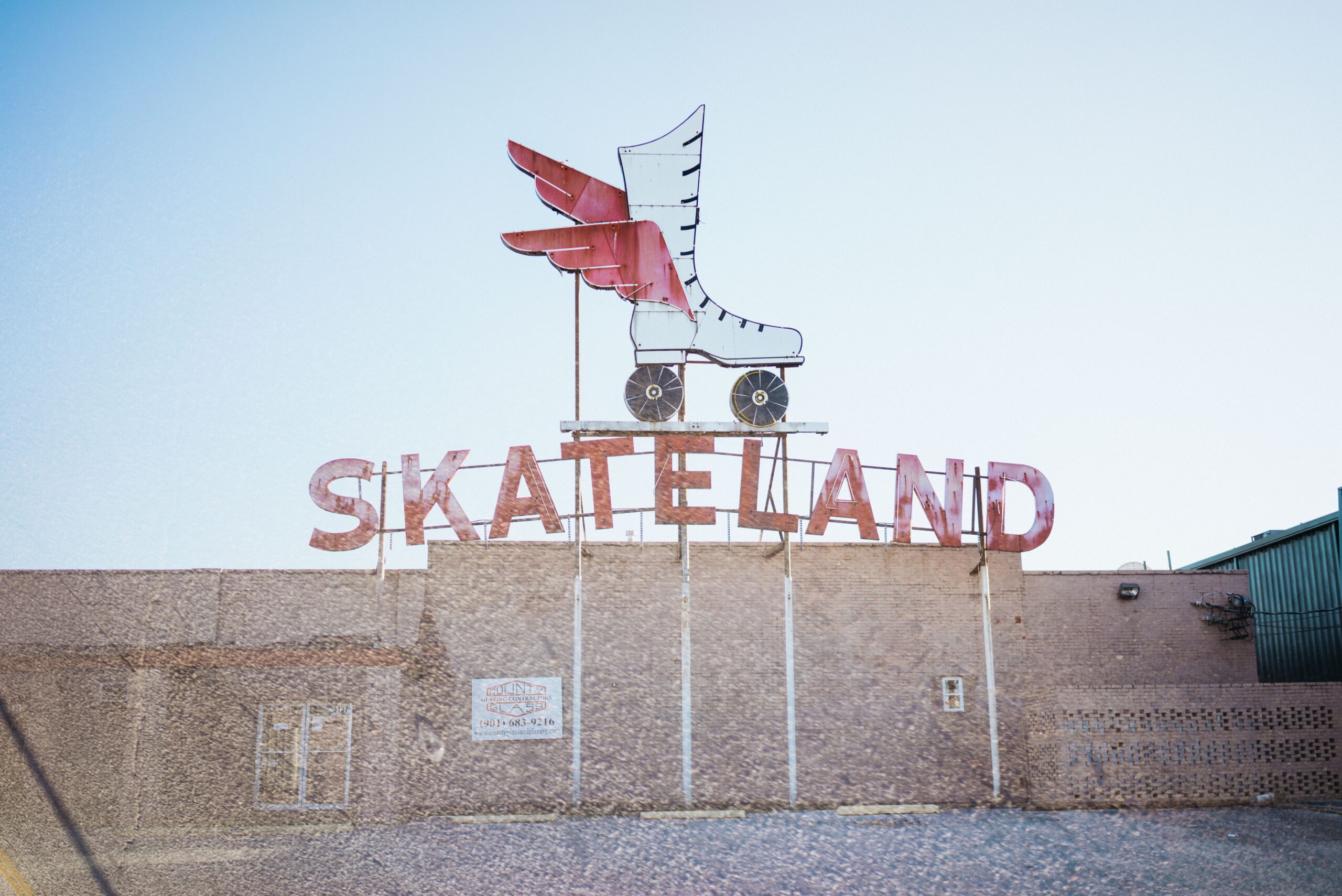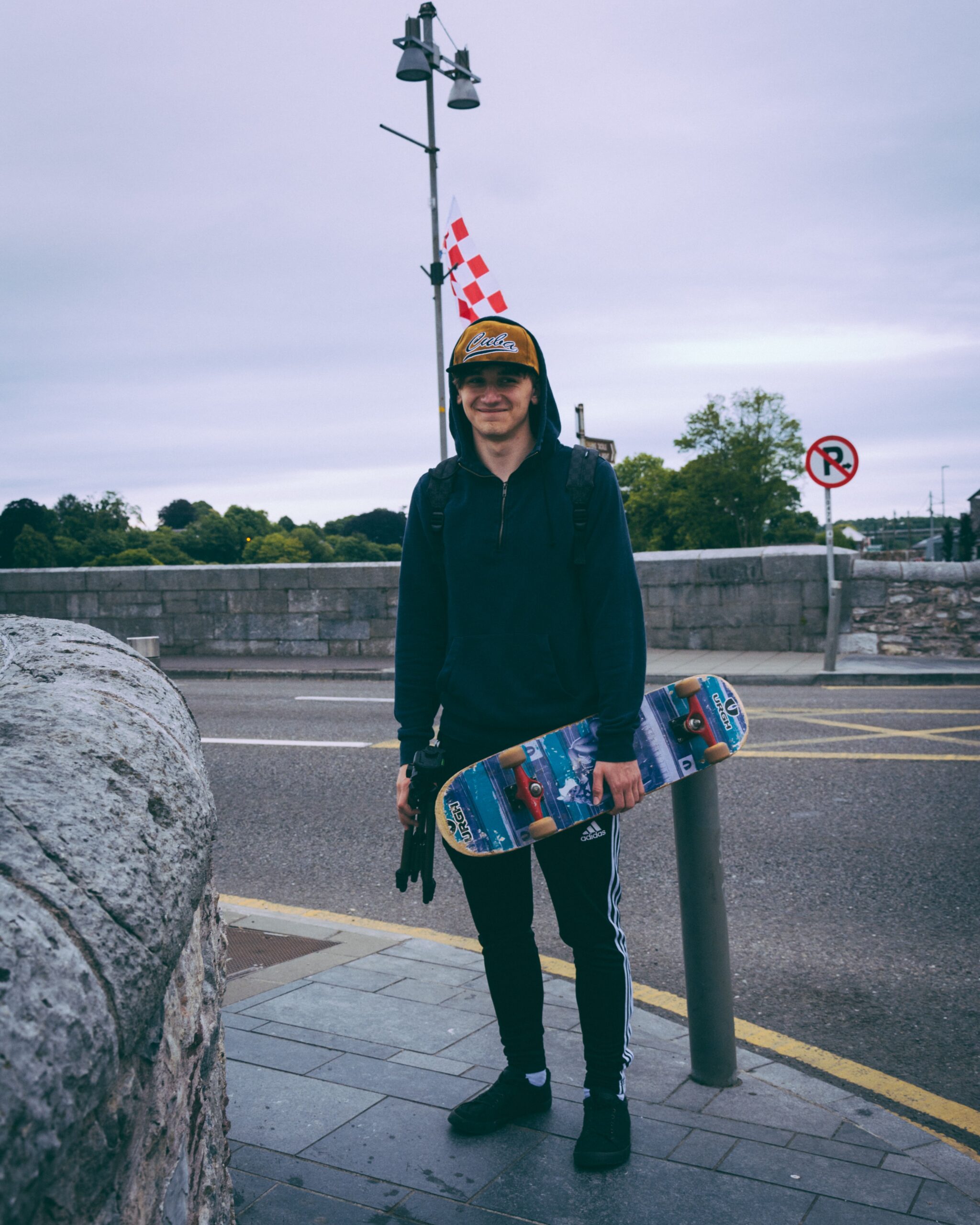If you’re looking to enhance your skateboarding skills and take your tricks to the next level, you might find yourself wondering, “How can I improve my skateboard casper slides and casper flips?” These elusive and impressive tricks require a combination of finesse, balance, and practice. In this article, we’ll explore some valuable tips and techniques that will help you perfect your casper slides and flips, enabling you to become a true master of the skateboard. So grab your board, get ready to have some fun, and let’s dive into the world of casper tricks!

Understanding Casper Slides and Casper Flips
Definition of Casper Slides
Casper slides are a technical skateboarding trick where the board is flipped over using your front foot, while your back foot remains planted on the ground. The name “Casper” comes from the term used to describe the position of your front foot during the trick. It is named after Casper the Friendly Ghost, as your front foot appears to be floating ghost-like above the board. Casper slides require a combination of balance, coordination, and precise foot placement.
Definition of Casper Flips
Casper flips, also known as Casper 360 flips or hospital flips, are an advanced variation of the Casper slide. In this trick, your front foot is placed in the Casper position while your back foot pops the board and flips it 360 degrees before catching it with your front foot. This adds an extra level of difficulty and style to the trick. Casper flips require a high level of skill, timing, and body control.
Mastering the Casper Slide
1. Foot Placement
To master the Casper slide, proper foot placement is crucial. Start by placing your back foot on the tail of the skateboard, similar to setting up for an ollie. Your front foot should be positioned just behind the front bolts, with the toes hanging off the edge of the board. This allows your front foot to have a free range of motion to flip the board.
2. Board Rotation
Once you have your foot placement dialed in, focus on the board rotation. To initiate the Casper slide, kick your front foot forward and upward, causing the board to flip over and rotate 180 degrees. As the board rotates, adjust the position of your front foot to catch the board with the grip tape facing up. Practice the motion slowly at first, gradually increasing your speed and fluidity.
3. Weight Distribution
Achieving the right balance of weight distribution is essential for executing a clean and controlled Casper slide. As you initiate the trick, lean slightly back to allow your front foot to have enough space to flip the board. As the board rotates, shift your weight forward to catch the grip tape with your front foot. The key is to find the right balance between the back and front foot to maintain stability and control throughout the trick.
Perfecting the Casper Flip
1. Pop and Flick Technique
The Casper flip requires a combination of popping the skateboard and flicking with your front foot. As you would with a standard ollie, use your back foot to pop the tail of the board. Simultaneously, use your front foot to flick the edge of the board, initiating the 360-degree flip. The timing and coordination between the pop and flick are crucial to execute a clean Casper flip.
2. Timing and Coordination
Timing and coordination are paramount when perfecting the Casper flip. Practice the motion of popping the board and flicking with your front foot in sync. Focus on the timing and rhythm needed to achieve a smooth and controlled rotation of the board. It may take time and repetition to develop the muscle memory required for precise timing and coordination.
3. Body Positioning
Proper body positioning is essential for landing the Casper flip successfully. As you pop and flick the board, maintain a centered and balanced stance with your shoulders square to the direction of your pop. Keep your eyes on the board throughout the rotation to anticipate its landing position. As you catch the board with your front foot, absorb impact by bending your knees slightly and center your weight to maintain stability and avoid slipping out.
Building Strength and Balance
1. Core and Leg Exercises
Building strength in your core and legs is crucial for executing Casper slides and Casper flips. Incorporate exercises such as squats, lunges, and calf raises into your workout routine to develop the necessary strength and stability. Implementing core exercises like planks and Russian twists can also improve control and balance while performing these tricks.
2. Balance Training
Balance training exercises can greatly enhance your ability to control the board during Casper slides and Casper flips. Utilize balance boards or stability trainers to improve your overall balance and proprioception. Practice standing on one leg and perform exercises that challenge your stability and coordination, such as single-leg squats or yoga poses like the tree pose.
3. Stretching and Warm-up
Before attempting any skateboarding trick, it’s important to warm up your body and stretch to prevent injuries. Start with a light cardio warm-up, such as jogging or jumping jacks, to increase blood flow to your muscles. Follow it up with dynamic stretching exercises to prepare your muscles for the movements involved in Casper slides and flips. Pay particular attention to stretching your ankles, calves, and hips, as they play a key role in these tricks.

Practicing Basic Skateboarding Skills
1. Ollies and Kickflips
Mastering basic skateboarding skills like ollies and kickflips is fundamental for improving your Casper slides and flips. Achieving a solid ollie will help you understand the mechanics of popping the board and getting it off the ground. Kickflips, on the other hand, will improve your flicking technique and coordination. Regularly incorporating these foundational tricks into your practice sessions will enhance your overall skateboarding abilities.
2. Manuals and Nollies
Practicing manuals and nollies can greatly contribute to your mastery of Casper slides and flips. Manuals involve riding on two wheels without the board touching the ground, requiring you to maintain balance and control. Nollies, similar to ollies but performed from the nose of the skateboard, help refine your footwork and weight distribution. By honing these skills, you’ll develop the necessary foundation for executing advanced tricks like Casper slides and flips.
3. Shuvits and Varial Flips
Expanding your trick repertoire to include shuvits and varial flips can further enhance your skillset for Casper slides and flips. Shuvits involve spinning the board under your feet while maintaining contact with the grip tape throughout the rotation. Varial flips combine the flicking motion of a kickflip with a frontside shuvit, resulting in a 180-degree flip and a 180-degree rotation. These tricks incorporate elements of board control, pop, and flick that are valuable for executing Casper slides and flips with finesse.
Analyzing and Correcting Mistakes
1. Common Mistakes to Avoid
When learning Casper slides and flips, certain common mistakes can hinder your progress. Avoiding these pitfalls will help you improve more efficiently. One common mistake is not committing fully to the trick, which can result in incomplete rotations or unstable landings. Another mistake is improper foot placement, which affects the execution and timing of the trick. Lack of control and balance can also be attributed to not maintaining a centered and stable posture throughout the trick.
2. Troubleshooting Tips
If you find yourself struggling with Casper slides and flips, there are several troubleshooting tips to help you overcome difficulties. Firstly, break down the trick into smaller movements and practice each component separately. By mastering each step individually, you can gradually build up to the full trick. Additionally, film yourself performing the trick and analyze the footage to identify any specific areas where you need improvement. Seeking feedback from experienced skateboarders or coaches can also provide valuable insights and guidance.

Using Video Tutorials
1. Online Skateboarding Resources
Online skateboarding resources, such as tutorial videos and skateboarding websites, offer a wealth of information and guidance for improving your Casper slides and flips. Platforms like YouTube provide access to a wide range of tutorial videos from experienced skateboarders, explaining and demonstrating the proper techniques. Take advantage of these resources to study and learn from expert skateboarders, allowing you to refine your skills effectively.
2. Step-by-Step Guides
Step-by-step guides are another valuable resource for mastering Casper slides and flips. Various skateboarding books or online articles provide detailed instructions and illustrations to break down the trick into manageable steps. These guides offer clear explanations of foot placement, body positioning, and the sequential movements necessary to execute the trick correctly. Follow these guides closely, ensuring you fully understand and practice each step before progressing to the next.
Seeking Guidance and Feedback
1. Joining Skateboarding Communities
Joining skateboarding communities and interacting with fellow skaters can be highly beneficial for improving your Casper slides and flips. Online forums, social media groups, or local skateboarding clubs offer platforms to connect with experienced skateboarders who can share their knowledge and provide guidance. Engaging in conversations and seeking advice from these communities can help you overcome challenges, gain new perspectives, and accelerate your progress.
2. Skating with Friends
Skating with friends who are more experienced or share a similar skill level can cultivate a supportive and motivating environment. Collaborating with others provides opportunities for learning from each other, exchanging tips, and offering constructive feedback. Skate sessions with friends can foster a sense of camaraderie and healthy competition, encouraging you to push your limits and enhance your Casper slides and flips together.
3. Working with a Coach or Mentor
For individuals seeking personalized guidance and structured lessons, working with a skateboarding coach or mentor can be highly advantageous. Coaches or mentors can identify areas for improvement, tailor practice routines to your specific needs, and provide expert feedback. They can also offer valuable insights, share advanced techniques, and help you progress more efficiently. Investing in professional guidance can significantly elevate your Casper slide and flip skills.

Experimenting with Different Setups
1. Board Size and Shape
Experimenting with different board sizes and shapes can have a notable impact on your Casper slide and flip abilities. Larger boards provide more stability and control, making it easier to execute tricks, while smaller boards offer increased maneuverability and responsiveness. Consider trying various sizes and shapes to find a setup that suits your individual preferences and enhances your overall performance.
2. Truck Tightness and Wheel Hardness
Adjusting the tightness of your trucks and the hardness of your wheels can fine-tune the performance of your skateboard for Casper slides and flips. Tighter trucks offer stability and control, while looser trucks provide more maneuverability. Similarly, softer wheels offer a smoother ride and increased grip, while harder wheels offer more stability for slides and flips. Experiment with different combinations to find the setup that feels most comfortable and enables you to execute Casper slides and flips with ease.
Staying Motivated and Persistent
1. Setting Goals
Setting clear and achievable goals is essential for maintaining motivation and persistence in improving your Casper slide and flip skills. Start by setting specific goals for each trick, whether it’s mastering the foot placement or executing a certain number of successful repetitions. Break down your goals into smaller milestones and celebrate each accomplishment along the way. This sense of progress and achievement will keep you motivated to continue practicing and refining your skills.
2. Tracking Progress
Tracking your progress is an effective way to measure improvement and stay motivated. Keep a skateboarding journal or use a smartphone app to record each practice session, noting any milestones, challenges, or breakthroughs. Reviewing your journal or app regularly will help you visualize your progress over time and identify areas that require further development. Celebrate your achievements and use setbacks or mistakes as learning opportunities rather than discouragement.
3. Embracing Challenges
Skateboarding, including Casper slides and flips, is a challenging and demanding activity. Embracing challenges and seeing them as opportunities for growth is crucial for continuous improvement. Understand that progress takes time and practice, and setbacks are a natural part of the learning process. Embrace the thrill of pushing past your comfort zone and overcoming obstacles, knowing that each challenge you conquer brings you closer to mastery of Casper slides and flips.
By following these comprehensive tips and techniques, dedicating yourself to consistent practice, seeking guidance from the skateboarding community, and embracing perseverance, you will improve your skateboard Casper slides and flips. Remember, progress comes with time and effort, so be patient, enjoy the journey, and have fun mastering these impressive tricks!

